Igor Simon
Failures detection at directional drilling using real-time analogues search
Jun 06, 2019



Abstract:One of the main challenges in the construction of oil and gas wells is the need to detect and avoid abnormal situations, which can lead to accidents. Accidents have some indicators that help to find them during the drilling process. In this article, we present a data-driven model trained on historical data from drilling accidents that can detect different types of accidents using real-time signals. The results show that using the time-series comparison, based on aggregated statistics and gradient boosting classification, it is possible to detect an anomaly and identify its type by comparing current measurements while drilling with the stored ones from the database of accidents.
Real-time data-driven detection of the rock type alteration during a directional drilling
Mar 27, 2019

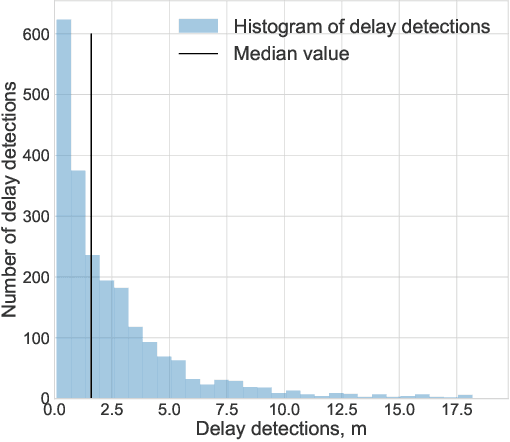

Abstract:During the directional drilling, a bit may sometimes go to a nonproductive rock layer due to the gap about 20 m between the bit and high-fidelity rock type sensors. The only way to detect the lithotype changes in time is the usage of Measurements While Drilling (MWD) data. However, there are no mathematical modeling approaches that reconstruct the rock type based on MWD data with high accuracy. In this article, we present a data-driven procedure that utilizes MWD data for quick detection of changes in rock type. We propose the approach that combines traditional machine learning based on the solution of the rock type classification problem with change detection procedures rarely used before in Oil & Gas industry. The data come from a newly developed oilfield in the North of Western Siberia. The results suggest that we can detect a significant part of changes in rock type reducing the change detection delay from 20 to 2.6 m and the number of false positive alarms from 71 to 7 per well.
Data-driven model for the identification of the rock type at a drilling bit
Sep 13, 2018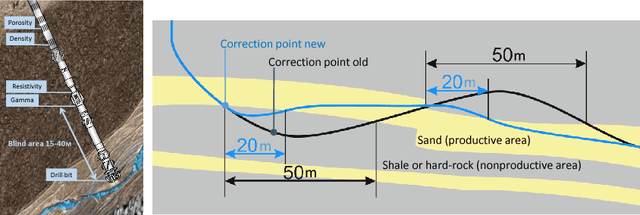
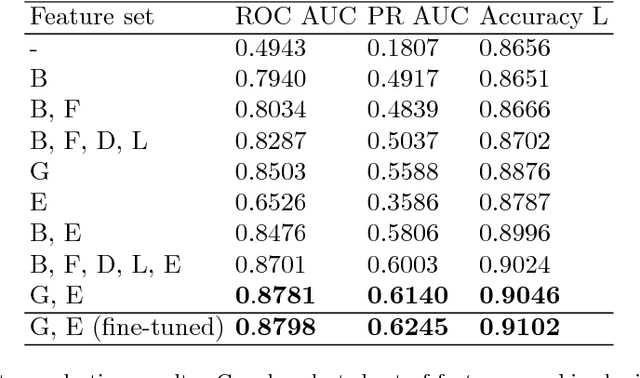
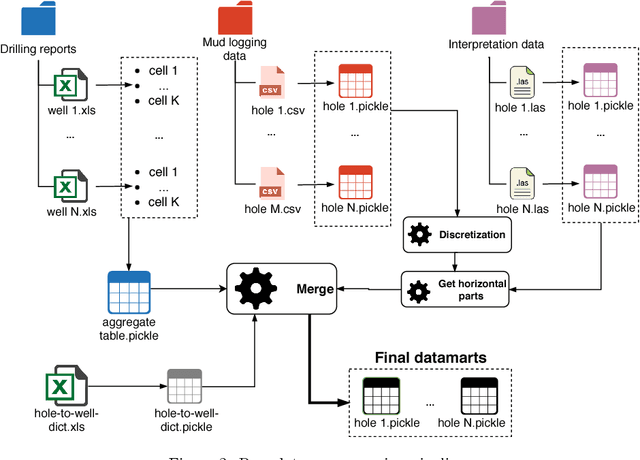
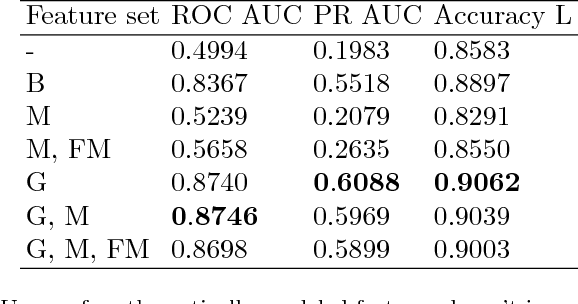
Abstract:In order to bridge the gap of more than 15m between the drilling bit and high-fidelity rock type sensors during the directional drilling, we present a novel approach for identifying rock type at the drilling bit. The approach is based on application of machine learning techniques for Measurements While Drilling (MWD) data. We demonstrate capabilities of the developed approach for distinguishing between the rock types corresponding to (1) a target oil bearing interval of a reservoir and (2) a non-productive shale layer and compare it to more traditional physics-driven approaches. The dataset includes MWD data and lithology mapping along multiple wellbores obtained by processing of Logging While Drilling (LWD) measurements from a massive drilling effort on one of the major newly developed oilfield in the North of Western Siberia. We compare various machine-learning algorithms, examine extra features coming from physical modeling of drilling mechanics, and show that the classification error can be reduced from 13.5% to 9%.
 Add to Chrome
Add to Chrome Add to Firefox
Add to Firefox Add to Edge
Add to Edge